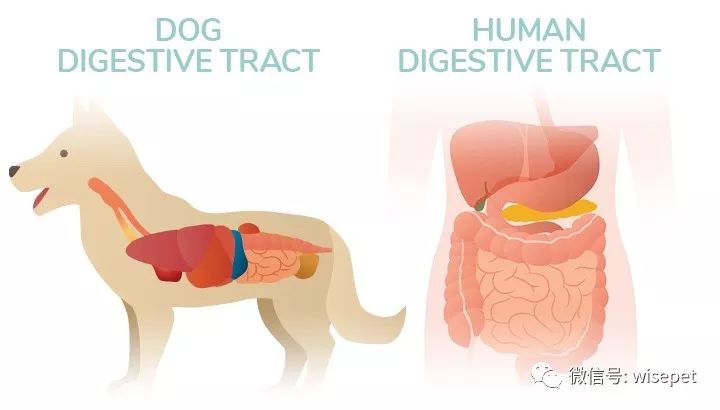Understanding the Pet Chemical Structure: Insights into the Chemistry Behind Your Furry Friends
#### Detailed Description:The Pet Chemical Structure refers to the molecular composition that defines the biological makeup of various pets, including dogs……
#### Detailed Description:
The Pet Chemical Structure refers to the molecular composition that defines the biological makeup of various pets, including dogs, cats, and other domesticated animals. Understanding this chemical structure is crucial for pet owners, veterinarians, and researchers who are interested in the health and well-being of pets. This article delves into the significance of the Pet Chemical Structure, exploring the fundamental components, their functions, and the implications for pet care and nutrition.
At the core of the Pet Chemical Structure are the basic building blocks of life: proteins, carbohydrates, fats, vitamins, and minerals. Each of these components plays a vital role in the overall health of pets. For instance, proteins are essential for growth, tissue repair, and the production of enzymes and hormones. The specific amino acid sequences in proteins can vary significantly among different species, which is why it’s important to provide species-appropriate nutrition.

Carbohydrates serve as a primary energy source for pets. They are broken down into glucose, which fuels cellular functions. However, the type and amount of carbohydrates suitable for pets can vary. Dogs, for example, can digest certain carbohydrates more efficiently than cats, which are obligate carnivores.
Fats, or lipids, are another crucial component of the Pet Chemical Structure. They provide a concentrated source of energy and are essential for the absorption of fat-soluble vitamins (A, D, E, and K). Fats also play a role in maintaining healthy skin and coat, as well as supporting cellular structure.
Vitamins and minerals are required in smaller amounts but are no less important. They contribute to various biochemical reactions and processes in the body. For example, calcium and phosphorus are vital for bone health, while B vitamins are crucial for energy metabolism.

The Pet Chemical Structure also encompasses the genetic material that dictates the traits and characteristics of pets. DNA, or deoxyribonucleic acid, is the hereditary material that carries the instructions for the development, functioning, growth, and reproduction of all living organisms. Understanding the genetic makeup of pets can help in breeding programs, disease prevention, and personalized nutrition.
Moreover, the study of the Pet Chemical Structure has implications for veterinary medicine and pet care. For instance, understanding how different chemical compounds interact within a pet’s body can lead to better treatment options for various diseases and conditions. This knowledge is particularly important when it comes to formulating diets that meet the specific needs of pets at different life stages, such as puppies, adults, and senior pets.
In addition to health and nutrition, the Pet Chemical Structure can also influence behavior and temperament. Certain chemical compounds, such as neurotransmitters and hormones, play significant roles in mood regulation and behavior. For example, serotonin is a neurotransmitter that contributes to feelings of well-being and happiness. Understanding these chemical interactions can help pet owners create a more harmonious environment for their pets.

In conclusion, the Pet Chemical Structure is a complex yet fascinating topic that encompasses various aspects of pet health, nutrition, and behavior. By gaining a deeper understanding of the chemical makeup of pets, owners can make informed decisions that enhance the quality of life for their furry companions. Whether you are a pet owner, a veterinarian, or simply an animal enthusiast, appreciating the intricacies of the Pet Chemical Structure can lead to better care and a stronger bond with your pets.